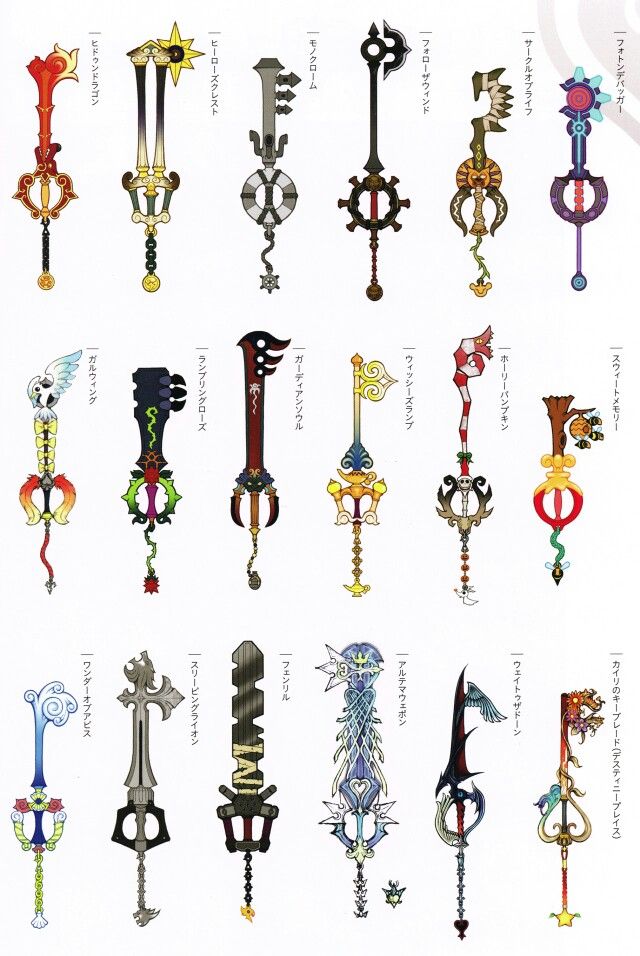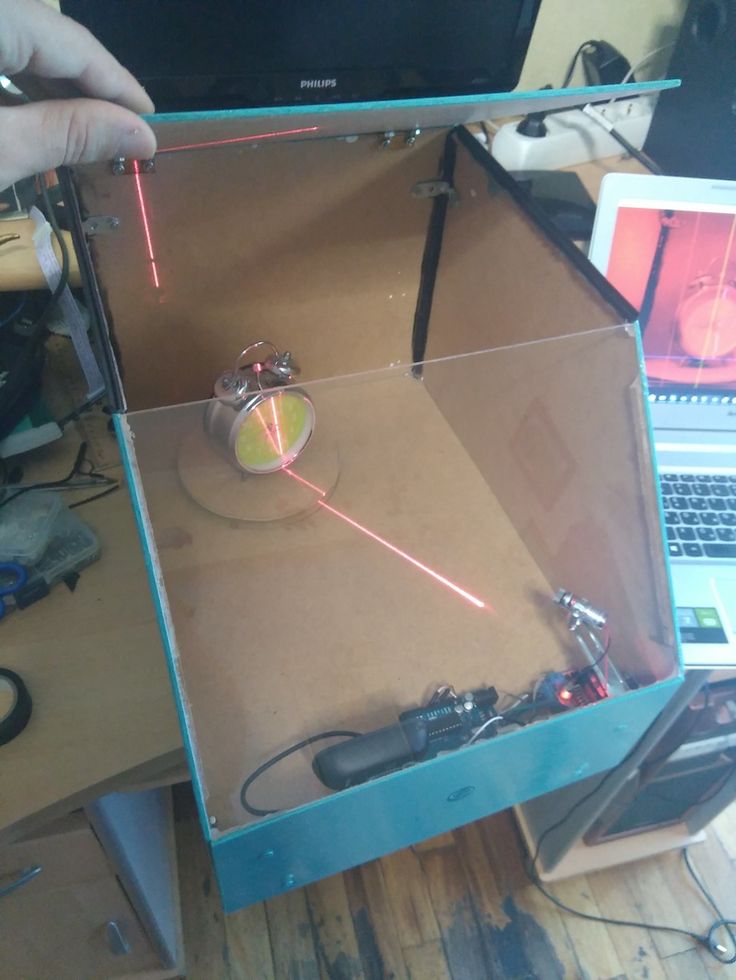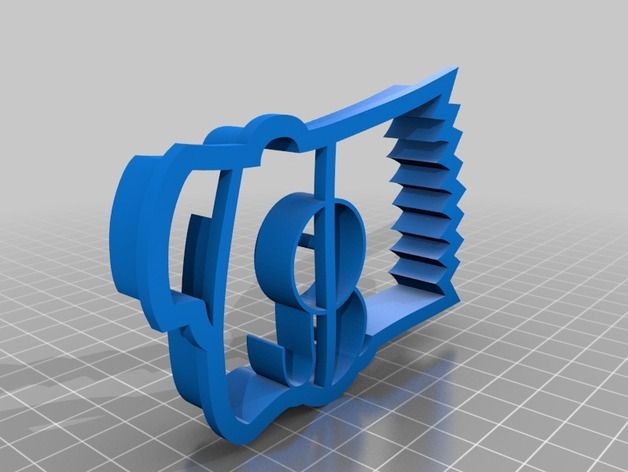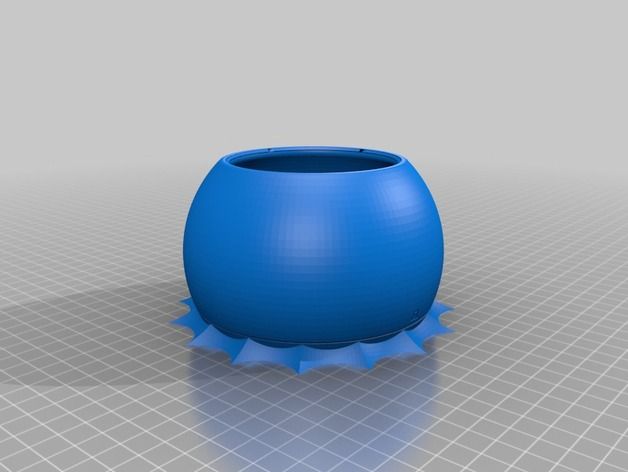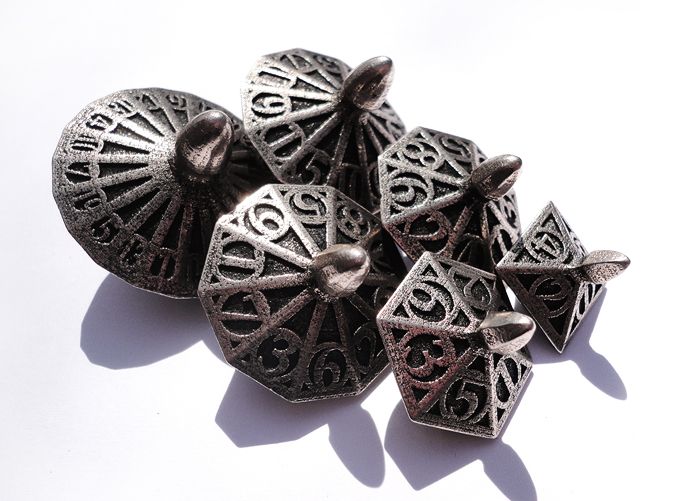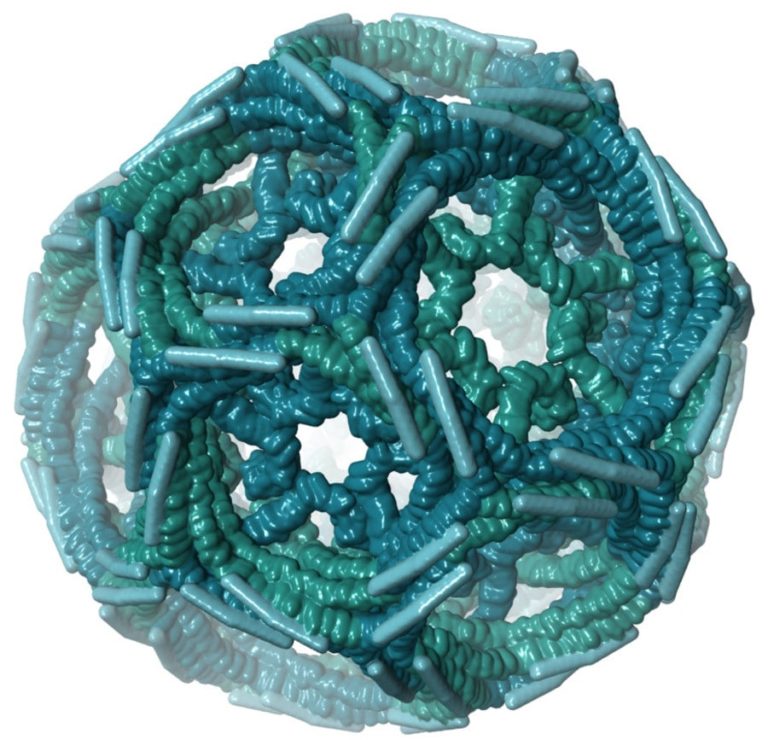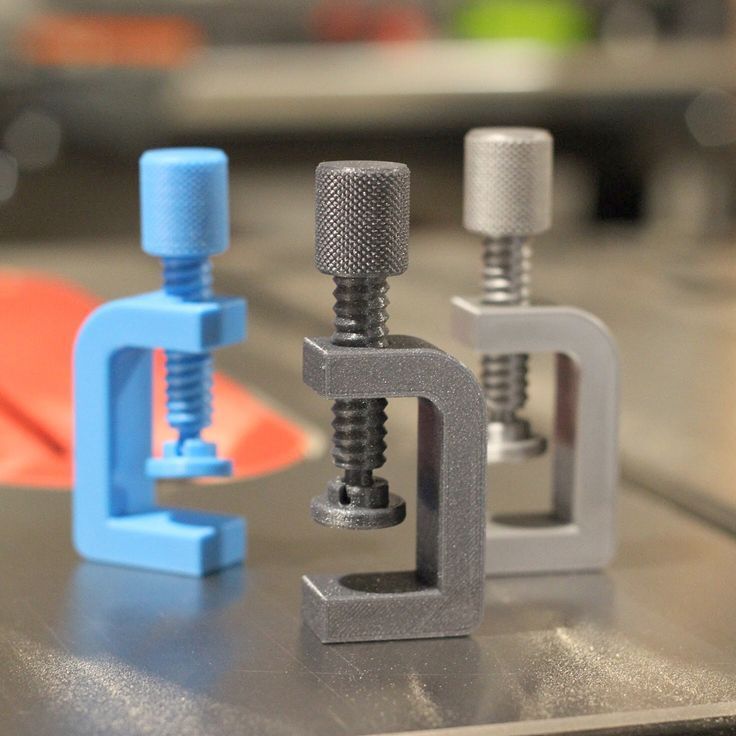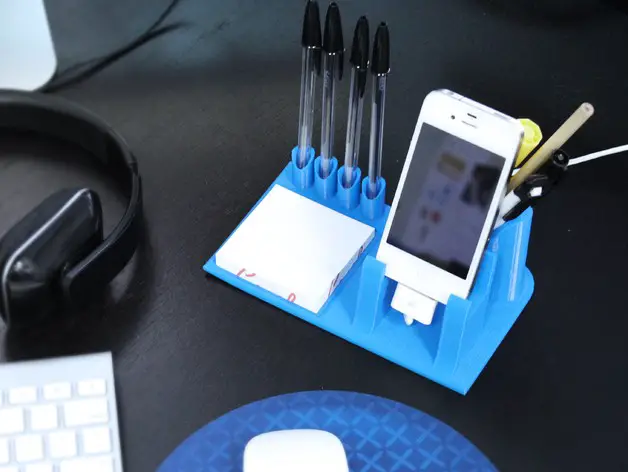3D printed keyblade
Overview | Keyblade 3D Kit
3D Cosplay Prop Kit
This easy-to-build kit features parts with screw-threaded ends. It's also easy to take apart and break down, making it great for transport. Each part is printed in a specific color. Parts are designed to 3D print without any support material. Best suited for large printers with minimum build volume of 250mm x 210mm x 210mm. Download the files and 3D print your own keyblade!
3D Printed Parts
These parts were 3D printed using a special blend of PLA filament. The PLA Extrafill from Fillamentum appear to be infused with glitter giving parts a semi-glossy surface finish. These wasn't any post-processing done – These parts are straight off the printer. These filaments give parts a texture makes layer lines appear less visible at a distance.
This prop is separated into parts that are designed to be modular. The assembly is easy to build and the parts snap fit together. The build uses hardware fasteners for a ridge frame that is sturdy and durable.
The design source files are open source and available for remixing. This guide will provide a parts list, slice settings and assembly instructions.
Keyblade Lore
The Kingdom Key is the iconic weapon featured in the Kingdom Hearts video game series. They're known to be mysterious weapons that are used to battle between darkness and light. It has the ability to lock/unlock a world's keyhole to seal or open the barriers between worlds, as well as lock/unlock any room, gate or treasure chest. Although there's not much of a cutting edge, they are shown to be effective combat weapons.
From Kingdom Hearts Fandom Wiki
Keyblades can only be wielded by chosen individuals who are strong of heart.

Shaped like keys, they operate any lock in existence and are imbued with magic and other unique capabilities.
Sword & Key Anatomy
The Keyblade design is based off keys used with warded locks. A warded lock uses wards to stop the lock from opening. Key have corresponding notches to the wards in the lock. The different shapes in the wards can be quite intricate. These old style lock designs are iconic and can be found as far back as ancient China and Rome.
- Total Weight: 1lb, 3.6oz (554g)
- Total Length: 40in (101cm)
- Number of parts: 14 pcs
Filament for 3D Printers in Various Colors and Types
Having a 3D printer without filament is sort of like having a regular printer without paper or ink. And while a lot of printers come with some filament there's a good chance...
Heat-Set Insert For Soldering Irons - #4-40 / M3 Inserts
Wanna improve the connection strength between your project's 3D-printed parts, and also have nice clean surfaces? Instead of gluing bits together, or screwing plastic screws.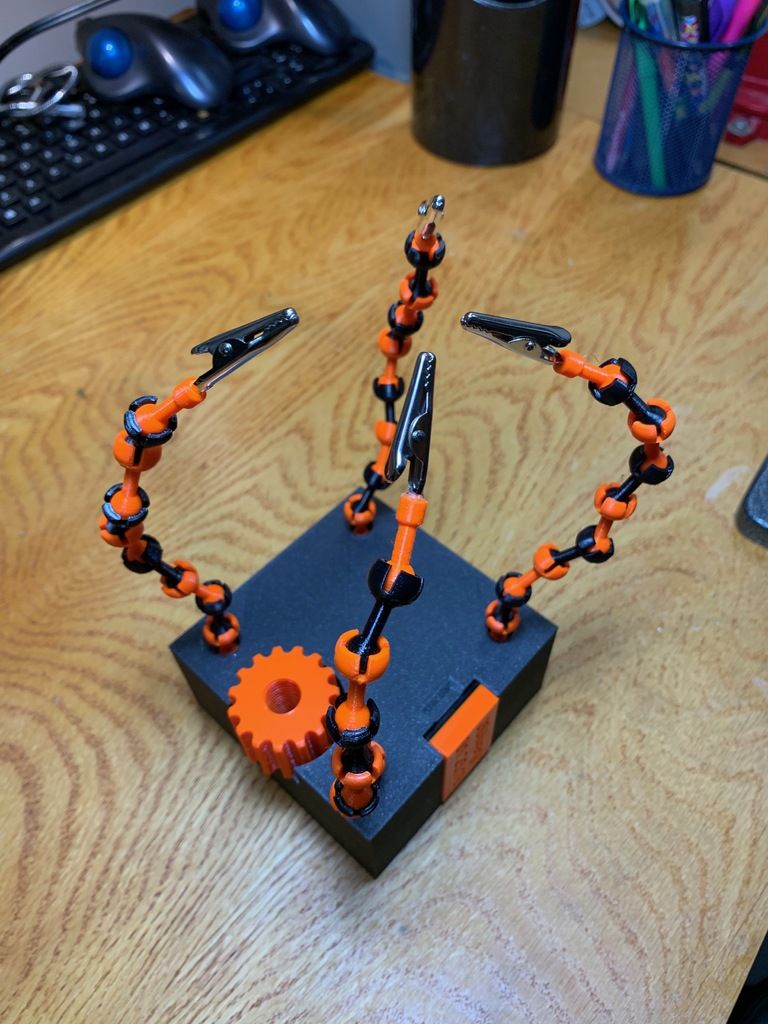 ..
..
Monoprice Inventor II 3D Printer with Touchscreen and WiFi
The Monoprice Inventor II 3D Printer Touchscreen with WiFi is a perfect entry-level 3D printer with small footprint and reliable performance. It comes equipped with...
Ultimaker 2+ 3D Printer
The Ultimaker 2+ is one of our favorite 3D printers on the market. It's a well-built open-source compact machine with an excellent UX. Every inch of the...
Required Hardware
- 8x M3 button head machine screws
- 8x M3 heat set inserts
Author Notes:
There's a lot of different methods of constructing cosplay props, foam smithing, metal working and wood working. Search on YouTube to see different ways makers build props – There's a few different Keyblade build videos worth checking out. I think the Kingdom Key has a nice simple form with geometric shapes that translate nicely across different mediums and materials. I think the story behind this weapon is both interesting and very creative.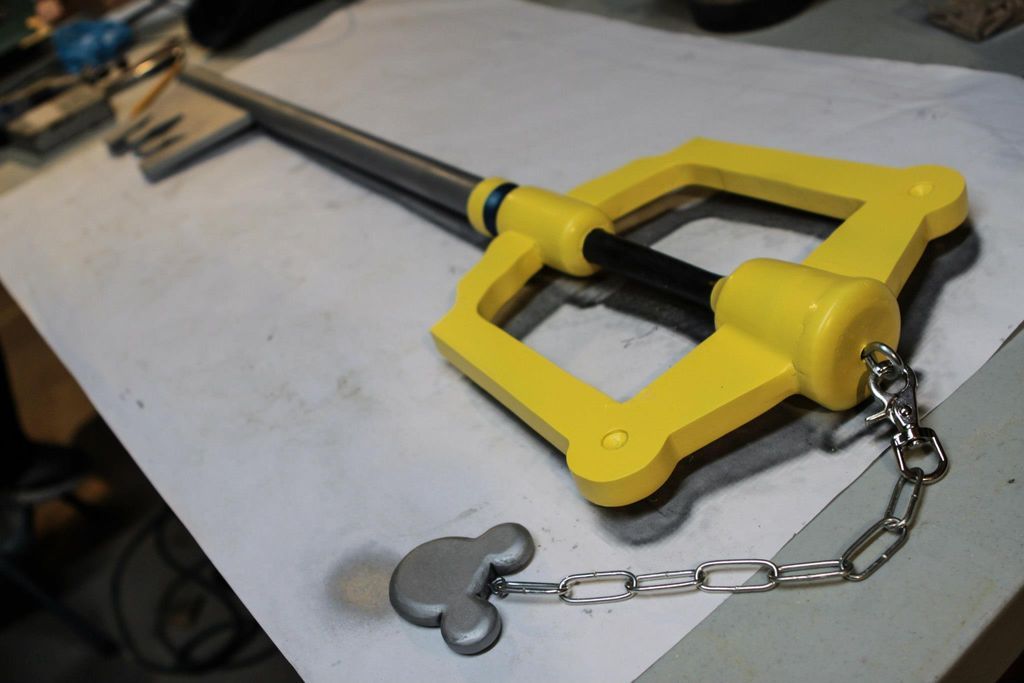
Your browser does not support the video tag.
This guide was first published on Apr 22, 2019. It was last updated on Apr 22, 2019.
This page (Overview) was last updated on Oct 22, 2022.
Text editor powered by tinymce.
▷ 3d printed keyblade 【 STLFinder 】
3D Printable Keyblade
thingiverse
This is a full-scale 3D printable Keyblade from Kingdom Hearts, designed to fit on an i3 style printer. Most parts will fit on smaller printers, but some may require additional manual slicing before they can be printed. All components feature mating...
Keyblade Earthshaker 3D Model 3D model
cgtrader
3D model of Terra's early Keyblade - Earthshaker Terra use this keyblade as his main keyblade beside End of The Earth
Kingdom Hearts Oathkeeper keyblade 3D print model
cgtrader
3D Model for 3D printing only digital files Kingdom Hearts Oathkeeper keyblade and kaychain 3D models. All files are ready to print and made to fit standart 20x20x20cm build volume. Supports are required for most parts. Try one alignment pin first...
All files are ready to print and made to fit standart 20x20x20cm build volume. Supports are required for most parts. Try one alignment pin first...
Keyblade Free 3D model
cgtrader
Keyblade from kingdom hearts
new keyblade 3D model
cgtrader
This keyblade is one of my creations
3D Printed
myminifactory
This design is an entry into the Vectary Design Competition sponsored by MakeX This model was created with VECTARY - the free, online 3D modeling tool It was 3D Printed and then Made in to a Mold, for a Metal pooring prozess.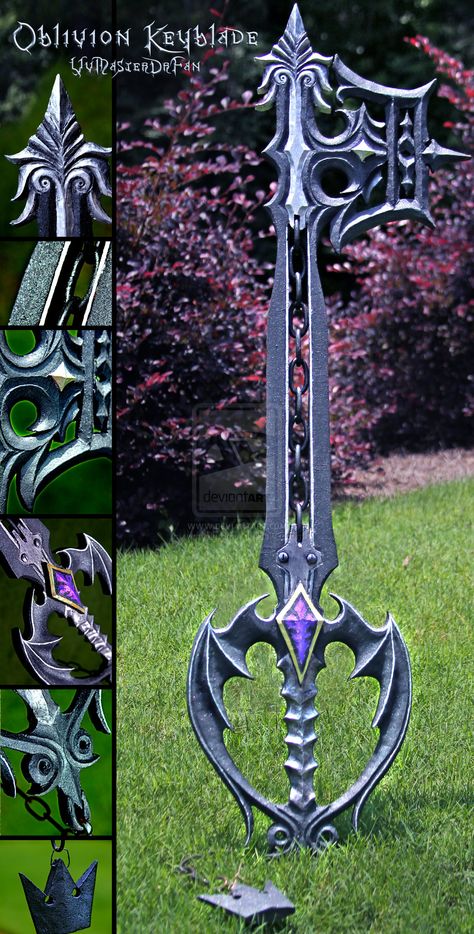
3D PRINTED
thingiverse
http://www.thingiverse.com/apps/customizer/run?thing_id=749887 Instructions Using the following options: wall = 1 basethickness_percent = 0.1 fontname = Holtwood One SC textstring = 3d printed textsize = 25 RoundedBase = 0 base_radius_add_percent =...
3D PRINTED
thingiverse
http://www.thingiverse.com/apps/customizer/run?thing_id=518217 Instructions Using the following options: Font = write/orbitron.dxf box_depth = 40 box_wall_thickness = 3 message = 3D PRINTED OBJECTS raised = 0 box_high = 40 box_width = 50 font_size =...
3d printed
thingiverse
http://www.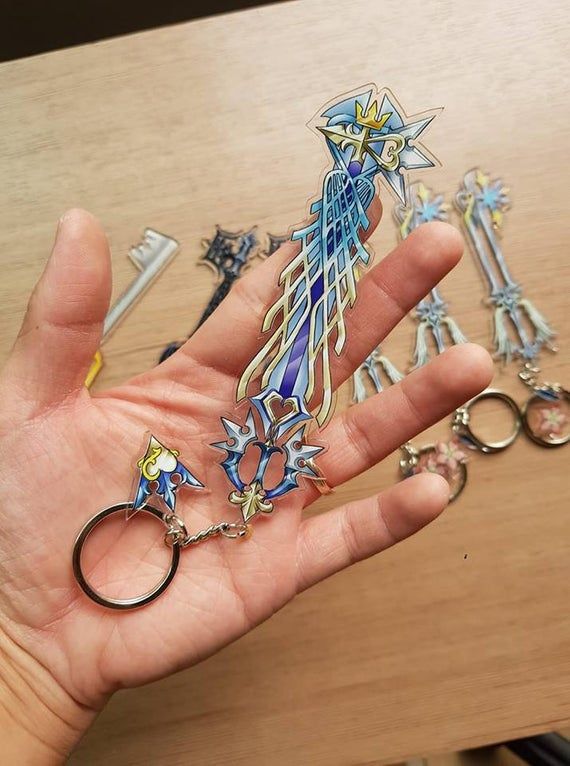 thingiverse.com/apps/customizer/run?thing_id=52734 Instructions Using the following options: font_thickness = 5.5 stick_thickness = 3 hole_radius = 0 Font = write/Letters.dxf message = 3d printed stick_width = 5 flat_bottom = 1 font_size =...
thingiverse.com/apps/customizer/run?thing_id=52734 Instructions Using the following options: font_thickness = 5.5 stick_thickness = 3 hole_radius = 0 Font = write/Letters.dxf message = 3d printed stick_width = 5 flat_bottom = 1 font_size =...
3D PRINTED
thingiverse
http://www.thingiverse.com/apps/customizer/run?thing_id=73909 Instructions Using the following options: enable_hole = 0 base_style = 2 thickness = 15 extruder_ypos = 54 text = 3D PRINTED extruder_xpos = 68 output_style = 2 text_space = 10 style = 1...
Keyblade
sketchfab
Worked on this as a side project just to keep myself working with 3D while im busy with school.
Kingdom Hearts Keyblade Printable Assembly Model 3D print model
cgtrader
A 3d model of the standard keyblade from the Kingdom Hearts games includes the full model as well as one spliit up into parts aligned and supported by 2 6x1080mm rods the model is a bit above original scale adjusting for the games main characters.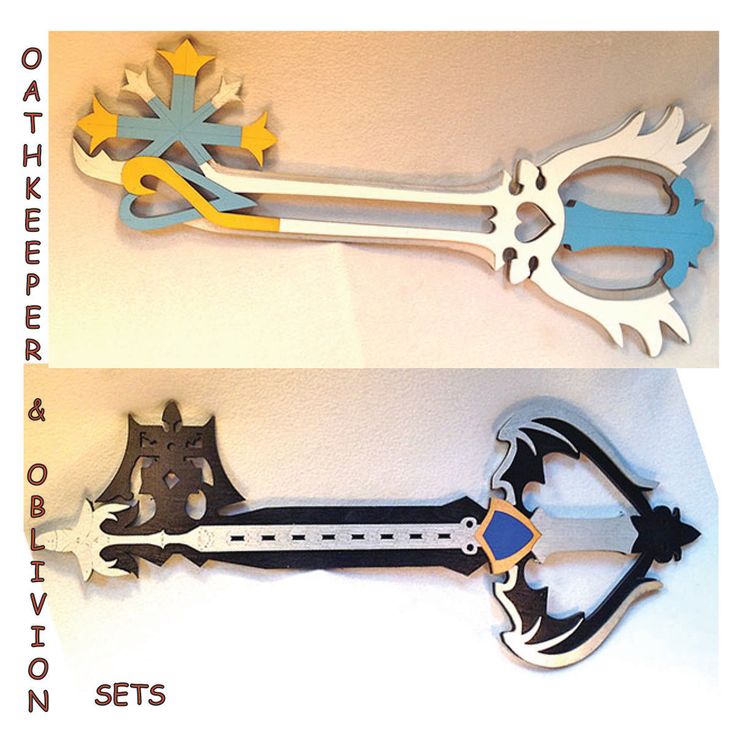 ..
..
Kingdom Hearts Braveheart Keyblade Assembly 3D print model
cgtrader
A 3D-printable model of the Braveheart Keyblade from the Kingdom Hearts videogames, made by commission and published with the customers permission it includes a full model as well as an assembly split up into 12 parts to be assembled by 3 4x1300mm...
Dual Disc Keyblade 3D model
cgtrader
This is a Dual Disc Keyblade..... Made for JOSHSONIC8 whom requested it, and offered to pay for it....... It is highly detailed (perhaps not detailed enough?), and took about a week, I believe to model.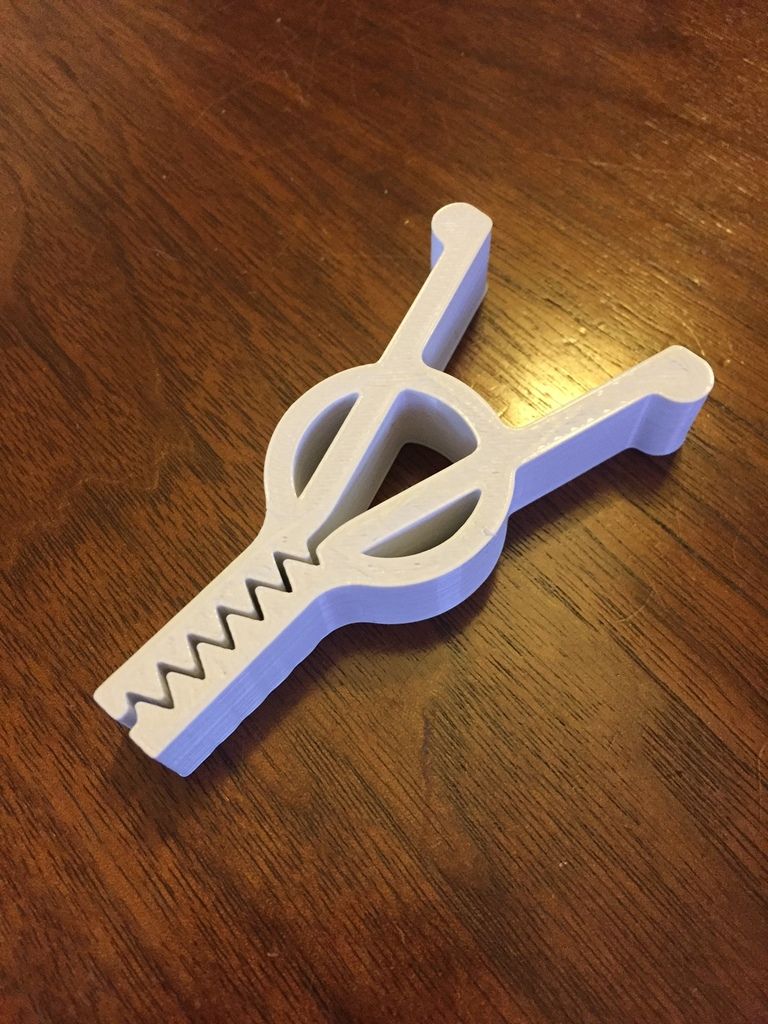 .... I hope you enjoy...... ...-JoeyIf you have...
.... I hope you enjoy...... ...-JoeyIf you have...
3d-Printed 3d-Printer
thingiverse
This is 3d printed 3d printer. ... The user supplies al nuts , bolts , slide rails ect.
3D printed 3D printer
thingiverse
it is a 3D printer that can be printed by a 3D printer!
3d Printed 3d Printer
thingiverse
... files for an upcoming 3d Printer instructable. ...Like this to stay tuned! *These are based off of the laser cut files that I designed last month, but they are completely redesigned to be optimized for 3d printing.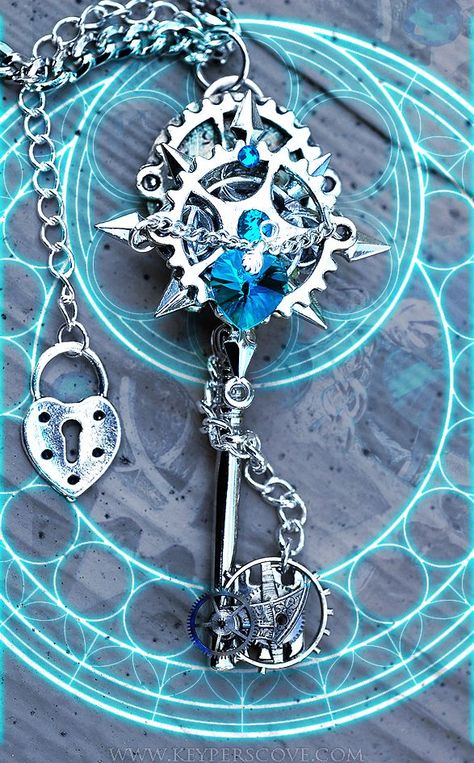 ...You will need support material.
...You will need support material.
3D Printedable Lampshade
thingiverse
i just designed a lampshade in fusion 360. it will fit the ikea "sekond" lamp cort set just added a fixed version. ...you need to turn it around 180 degrees to make it printable.
Printed WiFi - 3D Printed Wireless Connected Objects
thingiverse
- Note 2: Part 3 - dipole_antenna.stl and Part 9 - switch_base.stl - These pieces were printed partially with "Electrifi Conductive 3D Printing Filament" on the contact surfaces. See the images and research paper for more info about this process. ...
...
3D PRINTED COMPONENT 16
grabcad
3D PRINTED COMPONENT 16
3D PRINTED COMPONENT 30
grabcad
3D PRINTED COMPONENT 30
3D PRINTED COMPONENT 27
grabcad
3D PRINTED COMPONENT 27
3D PRINTED COMPONENT 15
grabcad
3D PRINTED COMPONENT 15
3D PRINTED COMPONENT 20
grabcad
3D PRINTED COMPONENT 20
3D PRINTED COMPONENT 30
grabcad
3D PRINTED COMPONENT 30
3D PRINTED COMPONENT 1
grabcad
3D PRINTED COMPONENT 1
3D PRINTED COMPONENT 23
grabcad
3D PRINTED COMPONENT 23
3D printed sunglasses
grabcad
3d printed sunglasses design.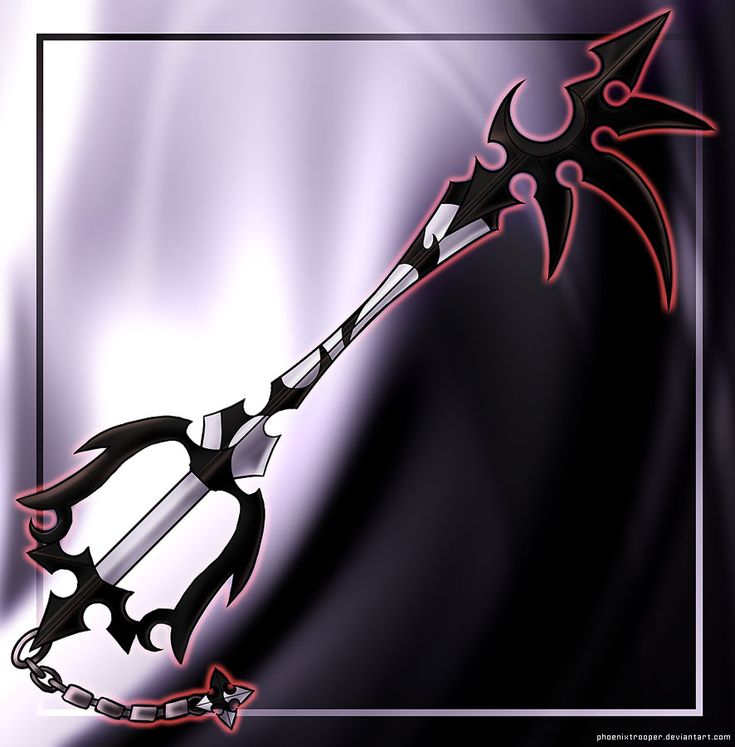
3D PRINTED COMPONENT 14
grabcad
3D PRINTED COMPONENT 14
3D PRINTED COMPONENT 24
grabcad
3D PRINTED COMPONENT 24
Construction 3D printing is waiting for a breakthrough The first construction projects using this technology appeared only in 2014. We are talking, first of all, about the so-called small architectural forms (benches, flower beds, fences). They never even dreamed about building houses. But already in 2015, the Russian startup Apis Cor made a splash - it printed a whole house in the Moscow region. Since then, news about new 3D printed houses has periodically appeared. However, despite the fact that the technology proved to be very promising in terms of the speed of construction of housing and the reduction in the cost of construction, no mass implementation followed.
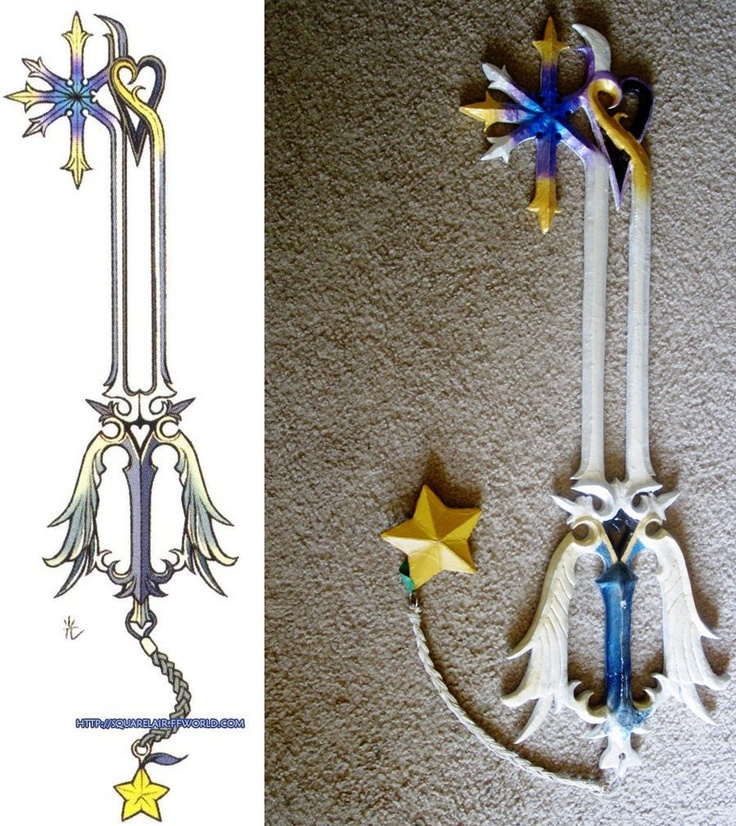
Construction is the world's number one market. And, if many technological innovations are being introduced in the field of high-rise construction, then little has changed in the field of low-rise construction over the past decades. The last 30 years have seen the availability of the Internet, mobile phones, mobile internet, robotics taken to a new level, etc., but when you get to a house construction site, you are unlikely to find many technological innovations. Automation is practically non-existent, and manual labor prevails. 2020 was a test of strength for the whole world, and also led to the highest level of inflation, which, first of all, hit the construction market, there was a dramatic change in prices for metals, cement, wood and much more.
This Internet meme shows what happened to the cost of building materials in just a year. And the process is still going on. At the same time, there is a serious rise in the cost of labor, and there is an acute shortage of it.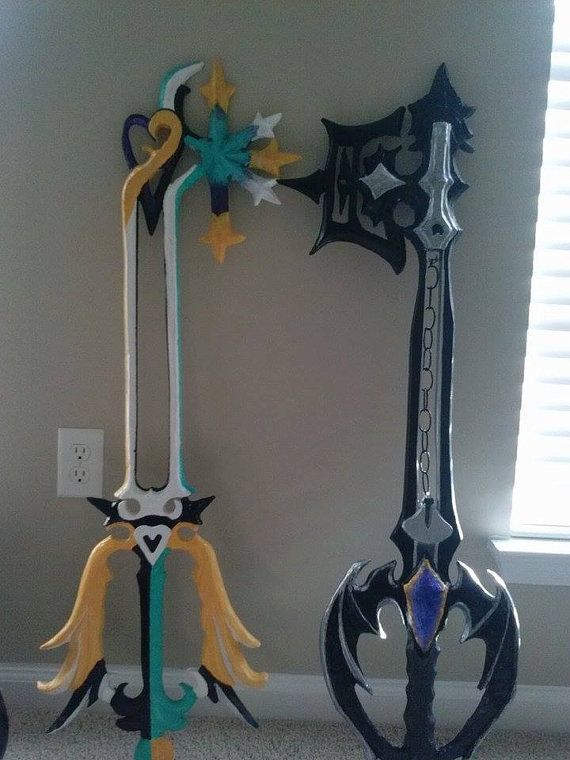 All this leads to a sharp rise in the cost of building houses. No matter how strange it may sound, statistics show that the growth of automation does not occur when everything is fine, but precisely in crisis situations, during increased competition, reduced demand and the need to urgently look for new technologies to increase production efficiency. So it happened this time, and after some stagnation, construction 3D printing received a new impetus for development.
All this leads to a sharp rise in the cost of building houses. No matter how strange it may sound, statistics show that the growth of automation does not occur when everything is fine, but precisely in crisis situations, during increased competition, reduced demand and the need to urgently look for new technologies to increase production efficiency. So it happened this time, and after some stagnation, construction 3D printing received a new impetus for development.
Preparing to write an article, I turned to the founder of Arkon - Boris Kozlov y. Arkon was established in 2020 and is engaged in the production of construction 3D printers, both a workshop type for creating prefabs (prefabricated houses) and a portal one capable of printing a two-story house. I asked Boris the key, in my opinion, question:
- Construction 3D printing appeared in 2014, but no mass introduction of this technology followed in 7-8 years. Why do you think this happened, and why is there a surge of new projects right now?
- It seems to me that the reason is the snowball effect.
The technology had to mature, grow from a hypothesis to a pilot implementation, and finally to commercialization and scaling (what is happening now). In addition, it should be borne in mind that construction is one of the most conservative industries, where, unlike even aviation and the automotive industry, there is still an extremely low introduction of digital solutions and automation in the field of the production process itself - the construction itself. The issue of regulation and certification also plays an important role - this process is long and creates an additional lag.
In 2014-2016 the first samples of building 3D printers and prototypes of printed buildings appeared. The concepts of various form factors of construction 3D printers and types of printing materials were tested.
In 2017-2018 in the world, the first notable investments were made in a number of construction 3D printing start-ups. Further, by 2020, these investments "rolled" in the form of reaching a certain level of technology maturity - the first commercial products (3D printers and houses) appeared.
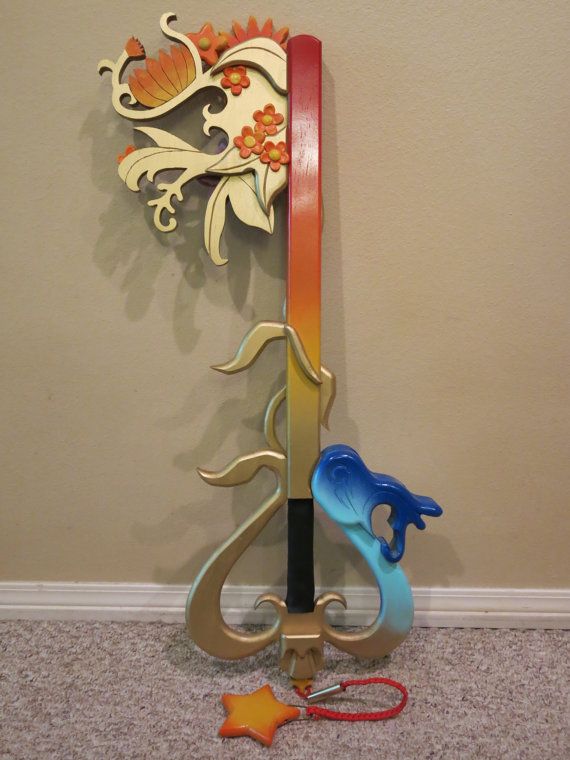
Finally, in 2020-2022 it became clear that the hypotheses of the effectiveness of construction 3D printing were justified (cheaper, faster, more environmentally friendly), and large investments began in the industry. A striking example is the investment of GE (the French division of General Electric) in the Danish COBOD or the achievement of a capitalization of $ 2 billion by the American company ICON.
In 2022-2023 over 1,000 buildings will be printed worldwide already, scaling from single buildings/pilot projects to entire villages and major infrastructure/reinforced concrete implementations. In addition, in a number of countries, by now, a regulatory framework has been created or is being actively created for the introduction of additive technologies in the construction industry.
Thus, I believe that the specified time period is a fairly natural cycle of technology development, which is likely to experience exponential growth in the next decade.
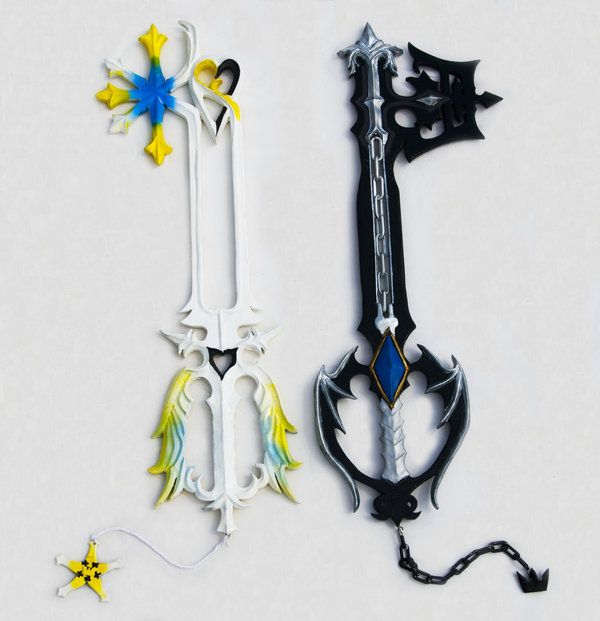
According to ResearchAndMarket report, the global construction 3D printing market is valued at USD 354.3 million in 2022 and is projected to reach USD 11068.1 million by 2027, growing by 99.04%.
Various market processes affect the prices and behavior of participants in the global 3D construction printing market. They create price signals that are the result of changes in the demand and supply curves for a product or service. They can be associated with both macroeconomic and microeconomic factors. Even human emotions can also drive decisions, influence the market, and create price signals.
Now let's take a quick look at what the construction 3D printer is. Without delving too deeply into the technology, we can say that construction 3D printers are very similar to classic FDM/FFF printers that print with plastic, but instead of plastic, the material here is a cement mixture, which is fed directly into the nozzle and forms an object by layer-by-layer overlay.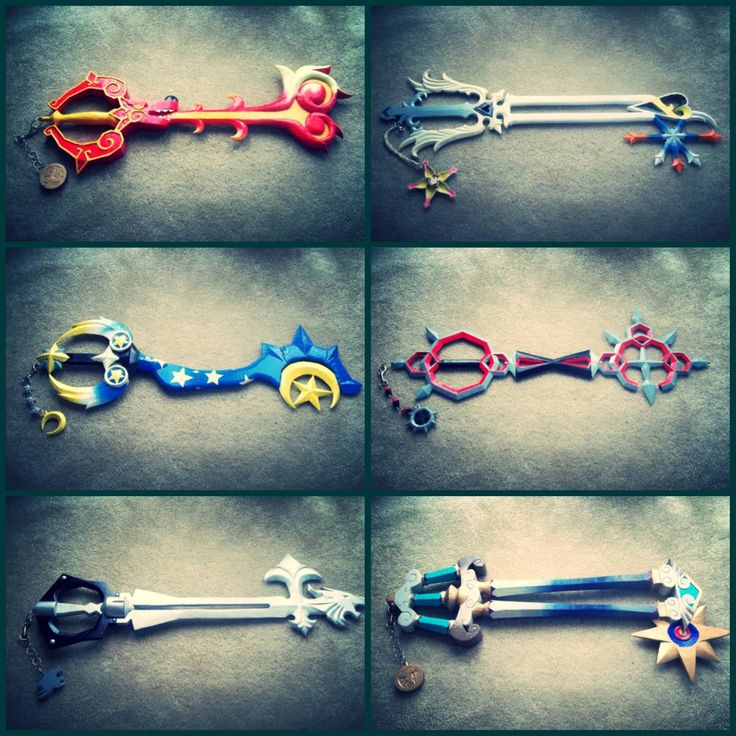 Printers are also portal, on the basis of a flying boom, with a robotic arm.
Printers are also portal, on the basis of a flying boom, with a robotic arm.
Pictured left is a construction printer based on a boom. The figure on the right is a gantry construction 3D printer
In the figure above, a construction 3D printer in the form of a robot arm installed on a mobile platform.
Everything changed completely when, in the summer of 2021, the American company ICON, which was trying to introduce 3D printing into the construction of various auxiliary facilities, signed a contract with one of the largest American developers, Lennar, to build a village of 100 houses in Texas and immediately became a unicorn , having received 200 million dollars of investments from several investment funds.
Pictured is a 3D printed house in Austin, Texas. A 3D printed house in Austin, Texas. At the same time, the Danish company COBOD, created by the world's largest construction formwork company PERRI, began selling its gantry 3D construction printers and participating in construction projects around the world.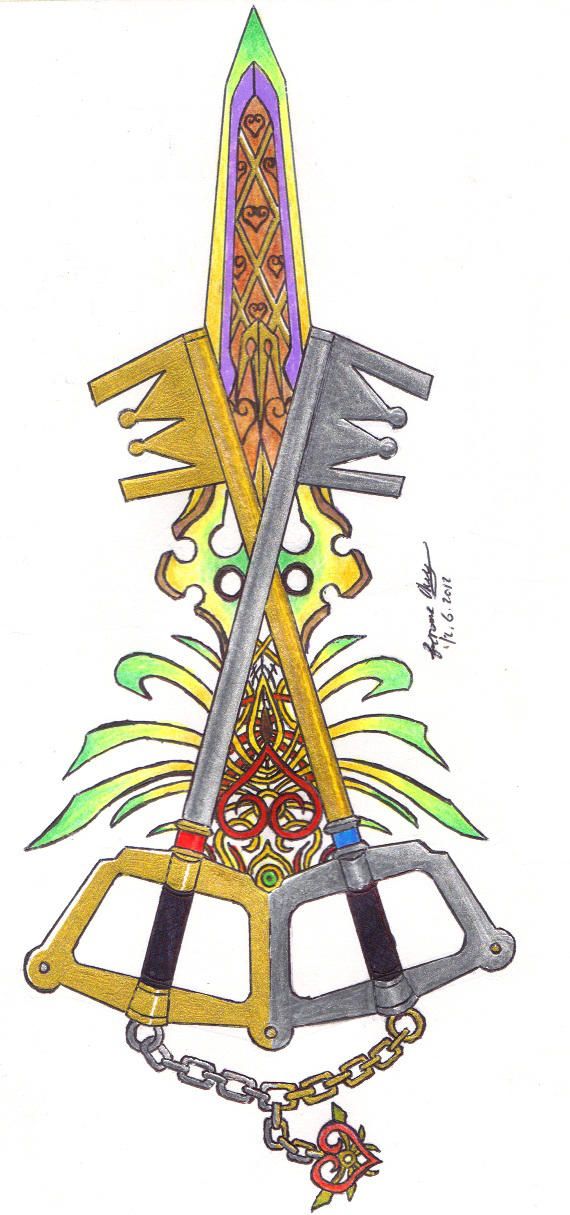 In the photo below, a modern two-story house built in Germany and a school building in Malawi, built in record time with a minimal budget.
In the photo below, a modern two-story house built in Germany and a school building in Malawi, built in record time with a minimal budget.
Few things unite developed, developing and poor countries, everywhere their problems and tasks, but Affordable housing shortage is a global agenda . If in poor countries there is an acute problem with the increase in the number of homeless people due to a lack of housing, as such, then in developing countries it is necessary to dramatically accelerate the number of new housing being built to meet the needs of a growing population. In developed countries, the problem is primarily in the cost of housing, which has risen in price to such an extent that it has become practically inaccessible to young people. And with the simultaneous increase in life expectancy in these countries, this problem is only getting worse.
At the same time, the trend towards "green agenda " is developing, reducing CO2 emissions, building with more environmentally friendly materials, etc.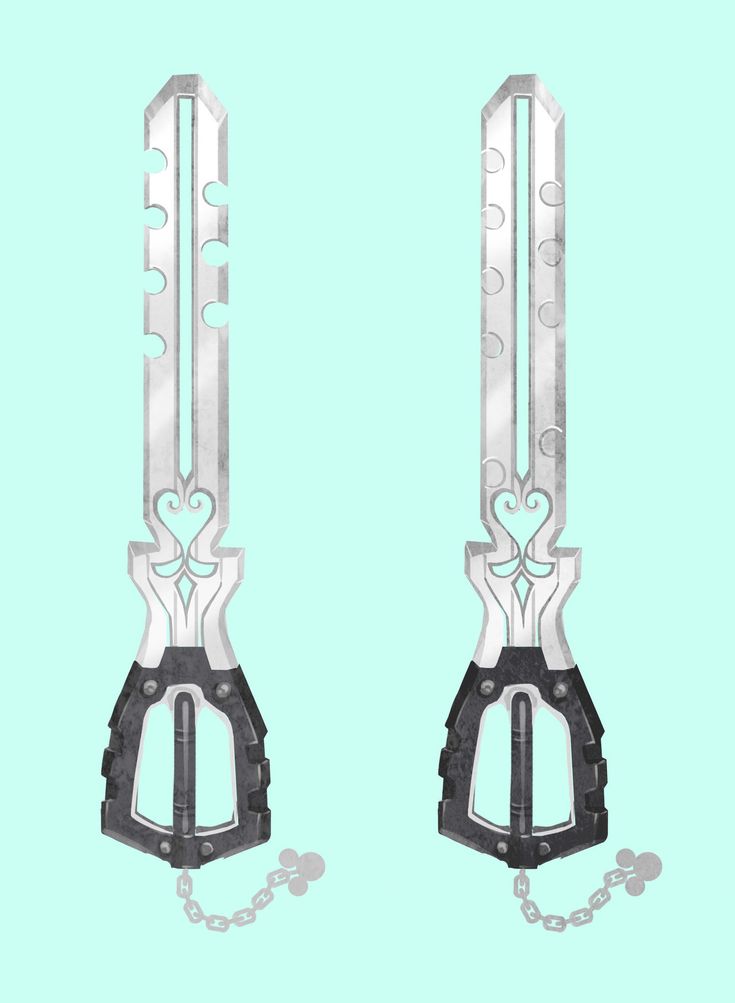 But, unfortunately, so far the construction industry is the absolute leader in CO2 emissions, as well as in the amount of garbage that each construction site leaves behind. This is not to say that construction 3D printing solves all these problems, but at least it is moving in the right direction. Let's look at this with a few illustrative examples.
But, unfortunately, so far the construction industry is the absolute leader in CO2 emissions, as well as in the amount of garbage that each construction site leaves behind. This is not to say that construction 3D printing solves all these problems, but at least it is moving in the right direction. Let's look at this with a few illustrative examples.
Today, when we talk about 3D printing houses, we are talking about printing walls. Everything else (foundation, windows, doors, ceilings and roof) is done in the traditional way. 3D printed walls are built as fixed formwork, which significantly saves the amount of cement used , and this, in turn, reduces the cost of construction and reduces the environmental impact of cement production. In addition, with this method of construction, no additional waste is produced, the strength of the structure does not suffer. It can be reinforced, as shown in the photo on the left, and engineering communications can be immediately laid, as shown in the photo on the right, which also affects the final speed of the construction of the object.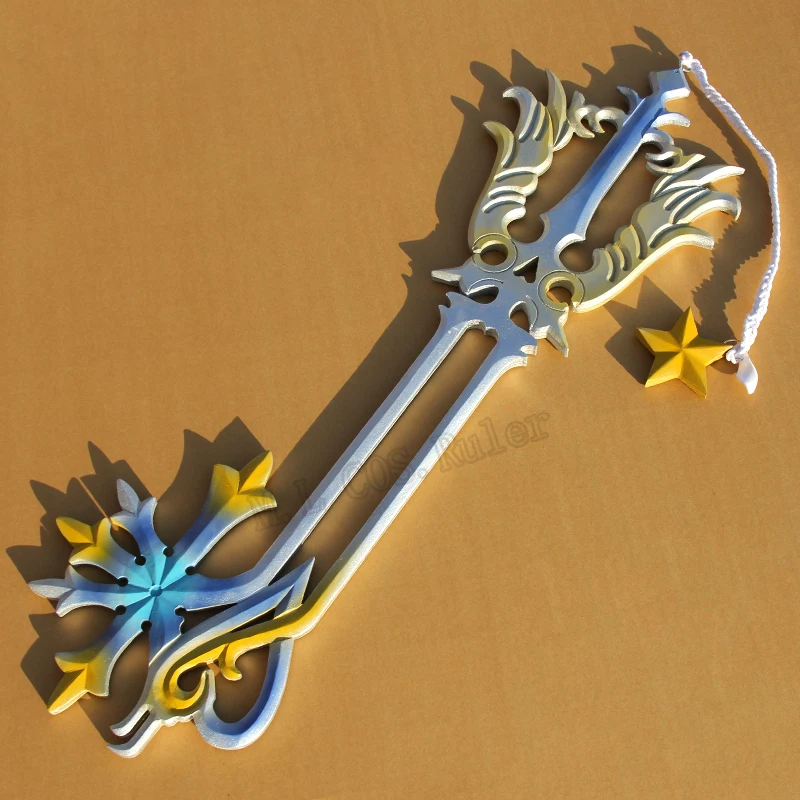 At the same time, the total weight of the structure is reduced, the remaining cavities can be filled with lightweight foam concrete, insulation, straw or any other available material. Such a lightweight design can use a lighter foundation. The construction method itself is more economical in terms of material, and therefore environmentally friendly.
At the same time, the total weight of the structure is reduced, the remaining cavities can be filled with lightweight foam concrete, insulation, straw or any other available material. Such a lightweight design can use a lighter foundation. The construction method itself is more economical in terms of material, and therefore environmentally friendly.
Eco-concrete with the addition of polymers is being actively developed, the production of which reduces CO2 emissions from 30% to 100%. The Apis Cor company mentioned at the beginning of the article, which built a house in the suburbs in 2015, is now based in hot Florida, plans to start using this material in its projects.
Another startup from Russia, Mighty Buildings, headquartered in California, initially relied on a polymer with the addition of mineral chips. And while the company doesn't build entire homes, it only makes wall panels, it has won numerous design awards, as well as a $400 million valuation in several investment rounds.
As a result, with a rough calculation, we can say that the total savings on the construction of walls can reach 30%, and the total cost of the house can be reduced by 10%. This is true for houses designed for conventional construction. And if you initially design with 3D printing, you can improve this ratio by optimizing the laying of communications, the ability to immediately print interior walls, bookmark niches for bathrooms, fireplaces, built-in wardrobes and kitchens, as was done in the house built by COBOD in Germany.
"There are spots on the sun." Despite all the advantages of construction 3D printing, has several significant disadvantages of . The main one is layering, which cannot be avoided at the current level of technology development.
The photo above shows the layering of the 3D printed walls.
This task can be worked in several directions:
-
Ribbed walls can be plastered, painted and played with as a design element.
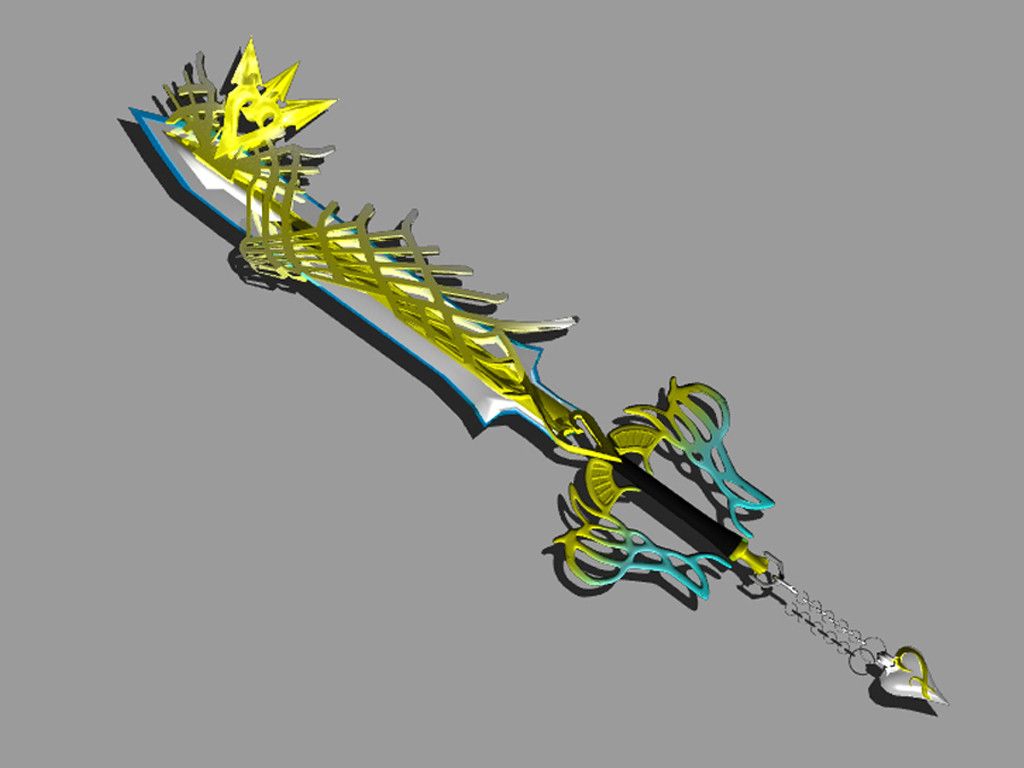 That's how ICON does it in the US, for example their latest project House Zero is done that way and has won a number of design awards.
That's how ICON does it in the US, for example their latest project House Zero is done that way and has won a number of design awards.
-
Use special "shutters" on the print head that allow smooth layers, as COBOD and other manufacturers do. The photo below shows that this does not ensure the complete absence of layering.
-
Fully sand the surface to get the usual smooth wall for plastering, painting, wallpapering or other finishing. It is possible, but it will require huge labor costs, which can reduce the overall efficiency of using 3D printing.
Pictured above is a 3D printed wall sanded smooth.
The second problem is the required temperature. Ideally, printing should take place at temperatures between +5C° and +30C°. Humidity is also important. Using additives, you can push these boundaries, but not indefinitely. At strong sub-zero temperatures, printing will be possible in the field only if the construction site is covered with a dome and the required temperature is reached inside with the help of heat guns.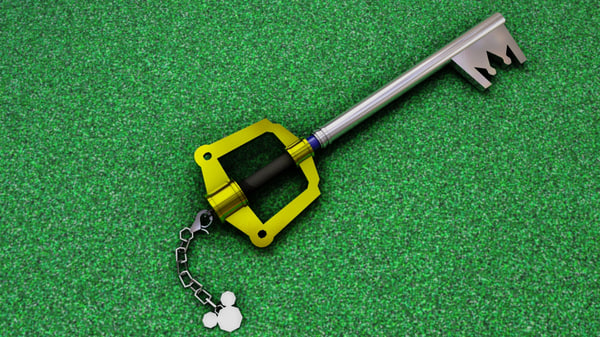 In conditions of intense heat, it is preferable to print at night. Another solution could be to print the wall panels in the shop and assemble them on site. Of course, each of these decisions will have a negative impact on the economic efficiency of the project.
In conditions of intense heat, it is preferable to print at night. Another solution could be to print the wall panels in the shop and assemble them on site. Of course, each of these decisions will have a negative impact on the economic efficiency of the project.
Building 3D printing can be useful not only for the construction of houses . With its help, you can solve many other problems, and there its disadvantages will not matter. For example, the American concern GE uses COBOD printers to build towers for wind turbines in the shop. Ribbed surface and temperature restrictions in this case do not play any role. Construction takes place in the shop, after which the object is transported to the installation site.
3D printed wind tower. 3D printed wind tower. Construction 3D printing, or, as it is also called, additive construction, has just appeared, and I want to believe in its bright future. There are many prerequisites for this, but a lot still needs to be done for success.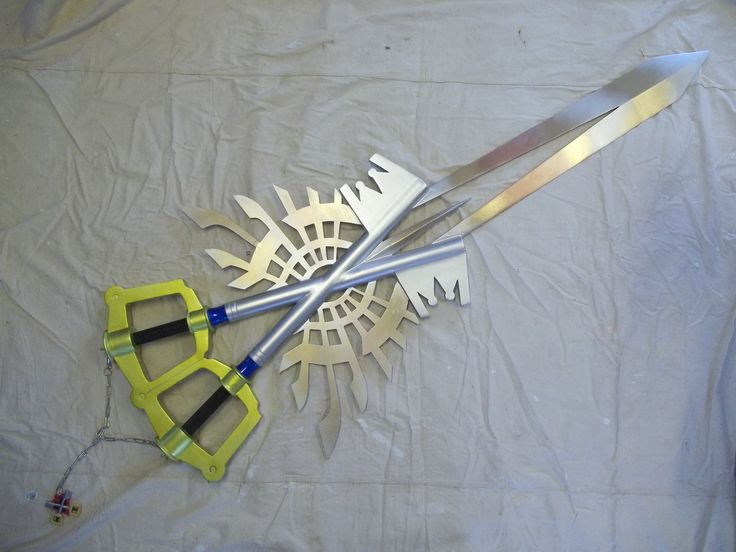 First of all, it is necessary to develop principles for designing houses for building 3D printing. Then it is necessary to attract top architects to create landmark projects, which can be followed by the mass introduction of a new and very promising technology. Construction 3D printing could help solve the global housing shortage and bring more automation to other areas of construction.
First of all, it is necessary to develop principles for designing houses for building 3D printing. Then it is necessary to attract top architects to create landmark projects, which can be followed by the mass introduction of a new and very promising technology. Construction 3D printing could help solve the global housing shortage and bring more automation to other areas of construction.
Alexander Kornveits
Expert in the field of additive technologies and 3D printing, head of Tsvetnoy Mir company
How metal 3D printers work. Overview of SLM and DMLS technologies. additive manufacturing. 3D metal printing.
Metal 3D printing. Additive technologies.
SLM or DMLS: what's the difference?
Hello everyone, Friends! 3DTool is with you!
BLT metal 3D printer catalog
Selective laser melting ( SLM ) and direct metal laser sintering ( DMLS ) are two additive manufacturing processes that belong to the family of 3D printing , using the powder layering method.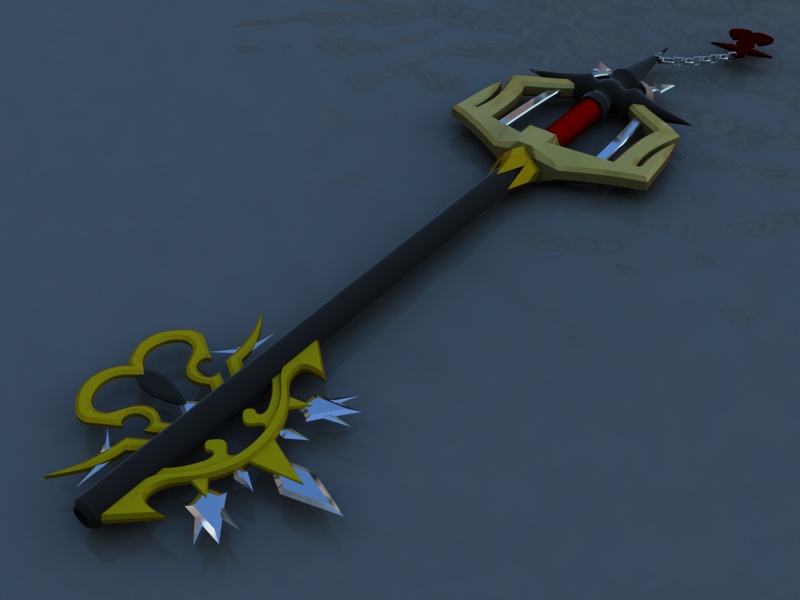 The two technologies have much in common: they both use a laser to selectively melt (or melt) metal powder particles, bonding them together and creating a pattern layer by layer. In addition, the materials used in both processes are metals in granular form.
The two technologies have much in common: they both use a laser to selectively melt (or melt) metal powder particles, bonding them together and creating a pattern layer by layer. In addition, the materials used in both processes are metals in granular form.
The differences between SLM and DMLS come down to the basics of the particle bonding process: SLM uses metal powders with a single melting point and completely melts the particles, while in DMLS the powder consists of materials with variable melting points.
Specifically:
SLM produces single metal parts while DMLS produces metal alloy parts.
Both SLM and DMLS technologies are used in industry to create final engineering products.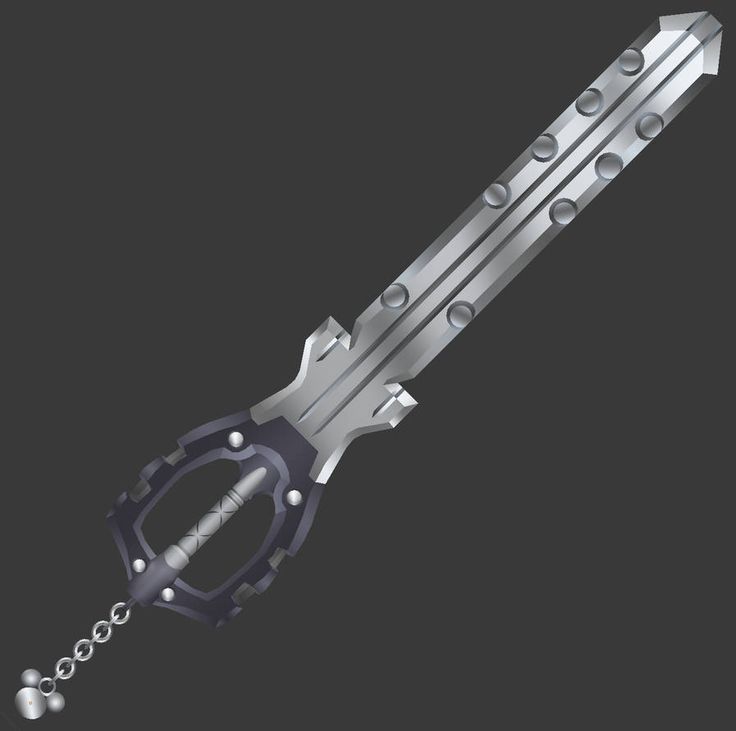 In this article, we will use the term "metal 3D printing" to summarize the 2 technologies. We will also describe the main mechanisms of the manufacturing process that are necessary for engineers to understand the advantages and disadvantages of these technologies.
In this article, we will use the term "metal 3D printing" to summarize the 2 technologies. We will also describe the main mechanisms of the manufacturing process that are necessary for engineers to understand the advantages and disadvantages of these technologies.
There are other manufacturing processes for producing dense metal parts, such as electron beam melting (EBM) and ultrasonic additive manufacturing (UAM). Their availability and distribution is rather limited, so they will not be presented in this article.
How 3D printing with SLM or DMLS metal works.
How does metal 3D printing work? The basic manufacturing process for SLM and DMLS is very similar.
1. The printing chamber is first filled with an inert gas (such as argon) to minimize the oxidation of the metal powder. It then heats up to the optimum operating temperature.
2. A layer of powder is spread over the platform, a powerful laser makes passes along a predetermined trajectory in the program, fusing the metal particles together and creating the next layer.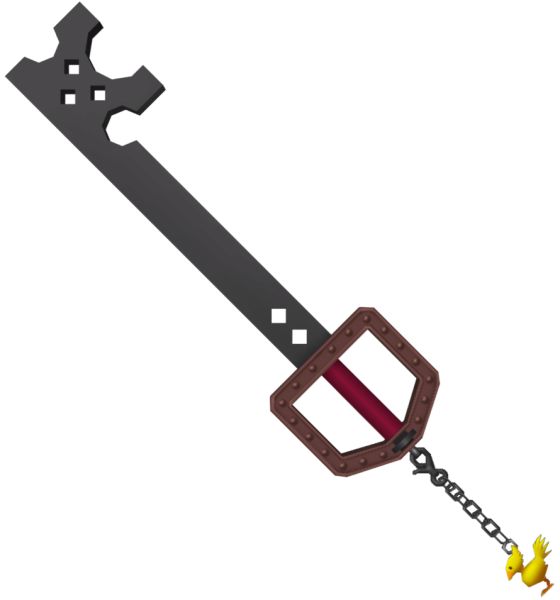
3. When the sintering process is completed, the platform moves down 1 layer. Next, another thin layer of metal powder is applied. The process is repeated until the entire model is printed.
When the printing process is completed, the metal powder already has strong bonds in the structure. Unlike the SLS process, parts are attached to the platform via support structures. The support in metal 3D printing is created from the same material as the base part. This condition is necessary to reduce deformations that may occur due to high processing temperatures.
When the 3D printer's chamber cools down to room temperature, excess powder is removed manually, such as with a brush. The parts are then typically heat treated while they are still attached to the platform. This is done to relieve any residual stresses.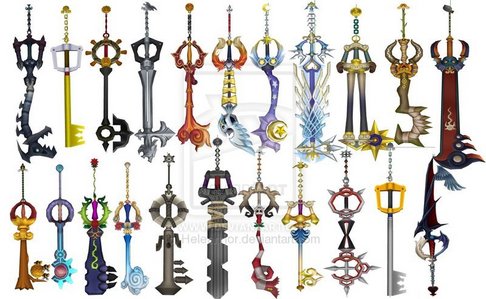 They can then be further processed. The removal of the part from the platform occurs by means of sawing.
They can then be further processed. The removal of the part from the platform occurs by means of sawing.
Scheme of operation of a 3D printer for metal.
In SLM and DMLS, almost all process parameters are set by the manufacturer. The layer height used in metal 3D printing varies from 20 to 50 microns and depends on the properties of the metal powder (fluidity, particle size distribution, shape, etc.).
The basic size of the print area on metal 3D printers is 200 x 150 x 150 mm, but there are also larger sizes of the working area. Printing accuracy is from 50 - 100 microns. As of 2020, metal 3D printers start at $150,000. For example, our company offers 3D metal printers from BLT.
metal 3D printers can be used for small batch production, but the 3D printing capabilities of such systems are more like those of mass production on FDM or SLA machines.
The metal powder in SLM and DMLS is recyclable: typically less than 5% is consumed.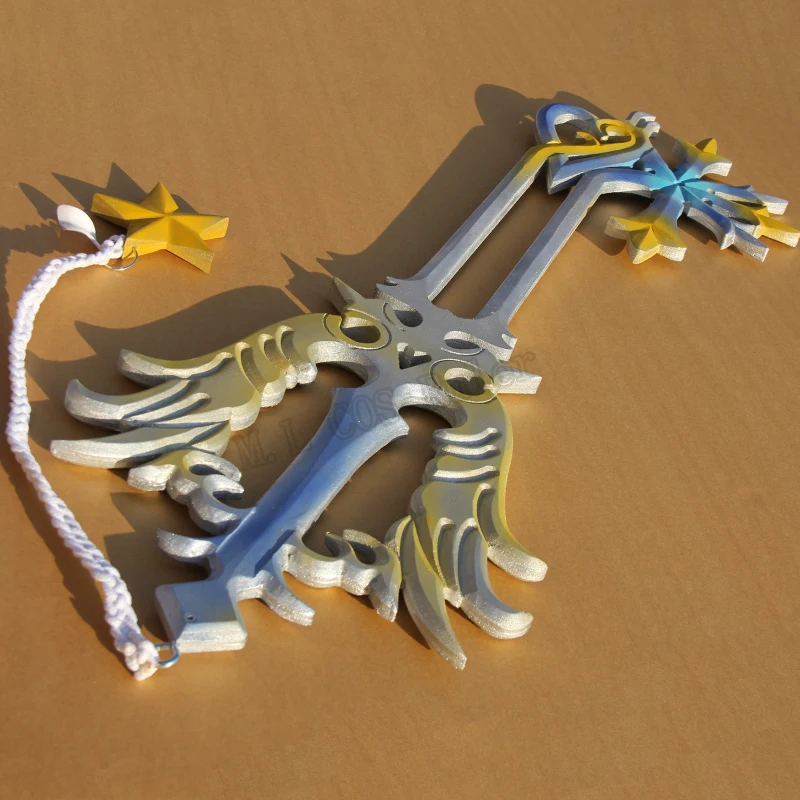 After each impression, the unused powder is collected and sieved, and then topped up with fresh material to the level required for the next production.
After each impression, the unused powder is collected and sieved, and then topped up with fresh material to the level required for the next production.
Waste in metal printing, are supports (support structures, without which it will not be possible to achieve a successful result). With too much support on the manufactured parts, the cost of the entire production will increase accordingly.
Adhesion between coats.
3D metal printing on BLT 3D printers
SLM and DMLS metal parts have almost isotropic mechanical and thermal properties. They are hard and have very little internal porosity (less than 0.2% in 3D printed condition and virtually non-existent after processing).
Metal printed parts have higher strength and hardness and are often more flexible than traditionally made parts. However, such metal becomes “tired” faster.
3D model support structure and part orientation on the work platform.
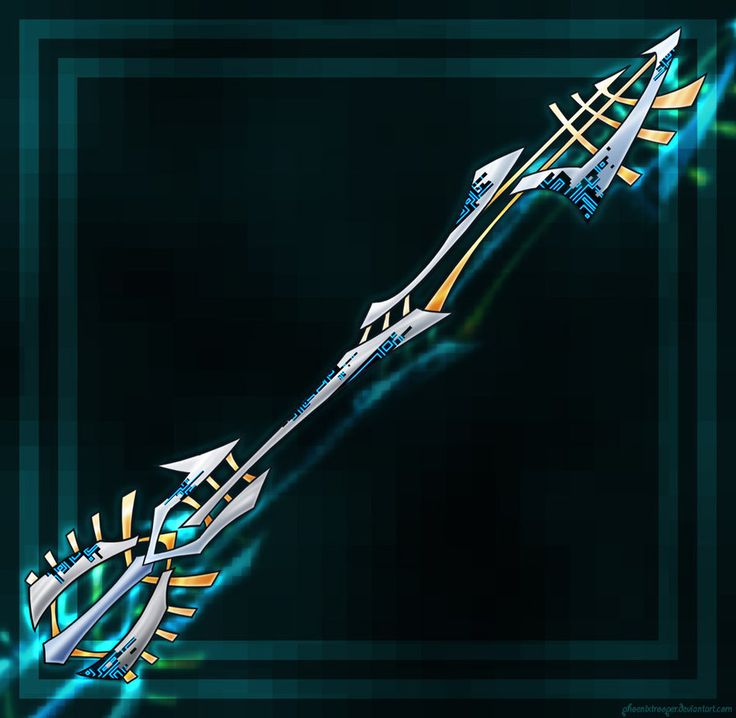
Support structures are always required when printing with metal, due to the very high processing temperatures. They are usually built using a lattice pattern.
Supports in metal 3D printing perform 3 functions:
• They form the basis for creating the first layer of the part.
• They secure the part to the platform and prevent it from deforming.
• They act as a heat sink, removing heat from the model.
Parts are often oriented at an angle. However, this will increase the amount of support required, the printing time, and ultimately the overall cost.
Deformation can also be minimized with laser sintering templates. This strategy prevents the accumulation of residual stresses in any particular direction and adds a characteristic surface texture to the part.
Since the cost of metal printing is very high, software simulations are often used to predict how a part will behave during processing.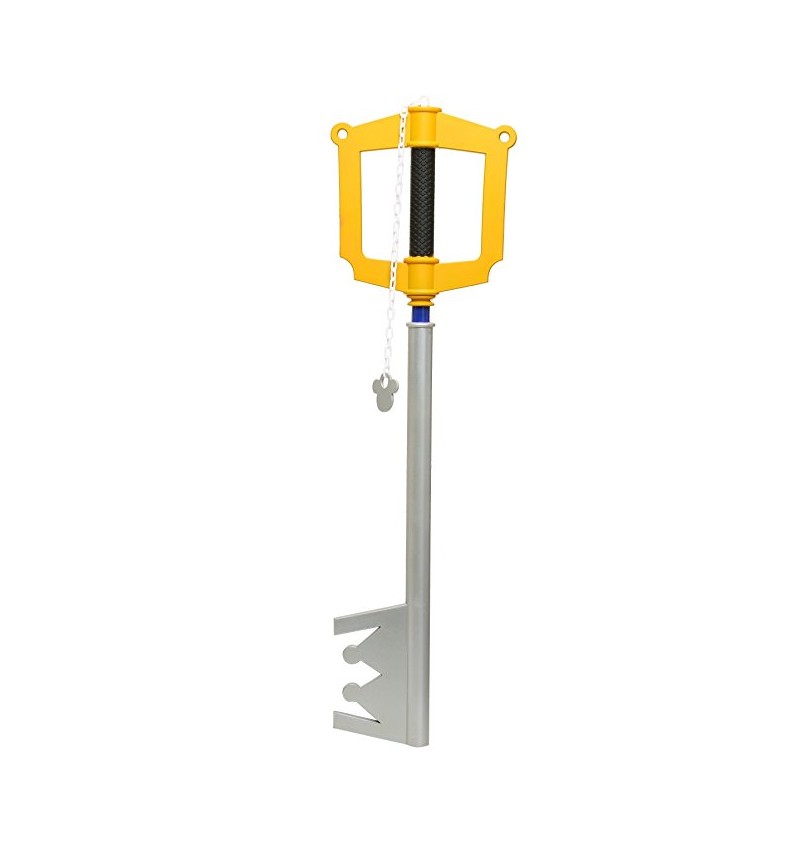 These topology optimization algorithms are otherwise used not only to increase mechanical performance and create lightweight parts, but also to minimize the need for supports and the likelihood of part distortion.
These topology optimization algorithms are otherwise used not only to increase mechanical performance and create lightweight parts, but also to minimize the need for supports and the likelihood of part distortion.
Hollow sections and lightweight structures.
An example of printing on a BLT 3D printer
Unlike polymer powder melt processes such as SLS, large hollow sections are not typically used in metal printing as the support would be very difficult to remove, if at all possible.
For internal channels larger than Ø 8 mm, it is recommended to use diamond or teardrop cross-sections instead of round ones, as they do not require the construction of supports. More detailed recommendations on the design of SLM and DMLS can be found in other articles on this topic.
As an alternative to hollow sections, parts can be made with sheath and cores, which in turn are machined using different laser power and pass speeds, resulting in different material properties. The use of sheath and cores is very useful when making parts with a large solid section, as it greatly reduces printing time and reduces the chance of warping.
The use of sheath and cores is very useful when making parts with a large solid section, as it greatly reduces printing time and reduces the chance of warping.
The use of a lattice structure is a common strategy in metal 3D printing to reduce part weight. Topology optimization algorithms can also help design organic lightweight shapes.
Consumables for 3D metal printing.
SLM and DMLS technologies can produce parts from a wide range of metals and metal alloys, including aluminum, stainless steel, titanium, cobalt, chromium and inconel. These materials meet the needs of most industrial applications, from aerospace to medical applications. Precious metals such as gold, platinum, palladium and silver can also be processed, but their use is of a minor nature and is mainly limited to jewelry making.
The cost of metal powder is very high. For example, a kilogram of 316 stainless steel powder costs approximately $350-$450.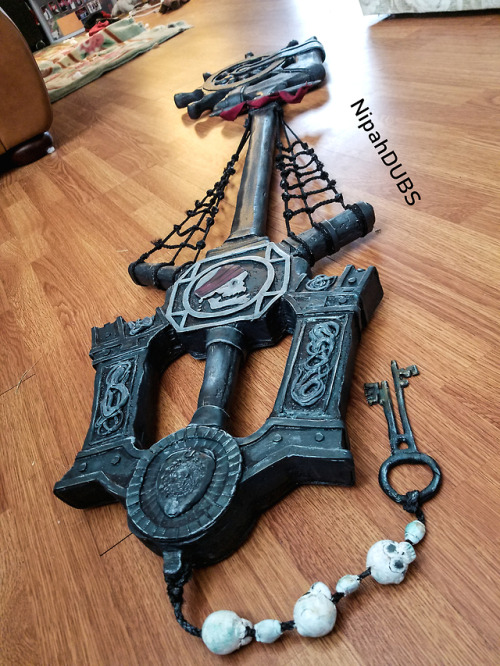 For this reason, minimizing part volume and the need for supports is key to maintaining optimal manufacturing cost.
For this reason, minimizing part volume and the need for supports is key to maintaining optimal manufacturing cost.
The main advantage of metal 3D printing is its compatibility with high-strength materials such as nickel or cobalt-chromium superalloys, which are very difficult to machine with traditional methods. Significant cost and time savings can be achieved by using metal 3D printing to create a near-clean shape part. Subsequently, such a part can be processed to a very high surface quality.
Metal post-processing.
Various post methods. treatments are used to improve the mechanical properties, accuracy and appearance of metal printed products.
Mandatory post-processing steps include the removal of loose powder and support structures, while heat treatment (heat annealing) is typically used to relieve residual stresses and improve the mechanical properties of the part.
CNC machining can be used for critical features (such as holes or threads).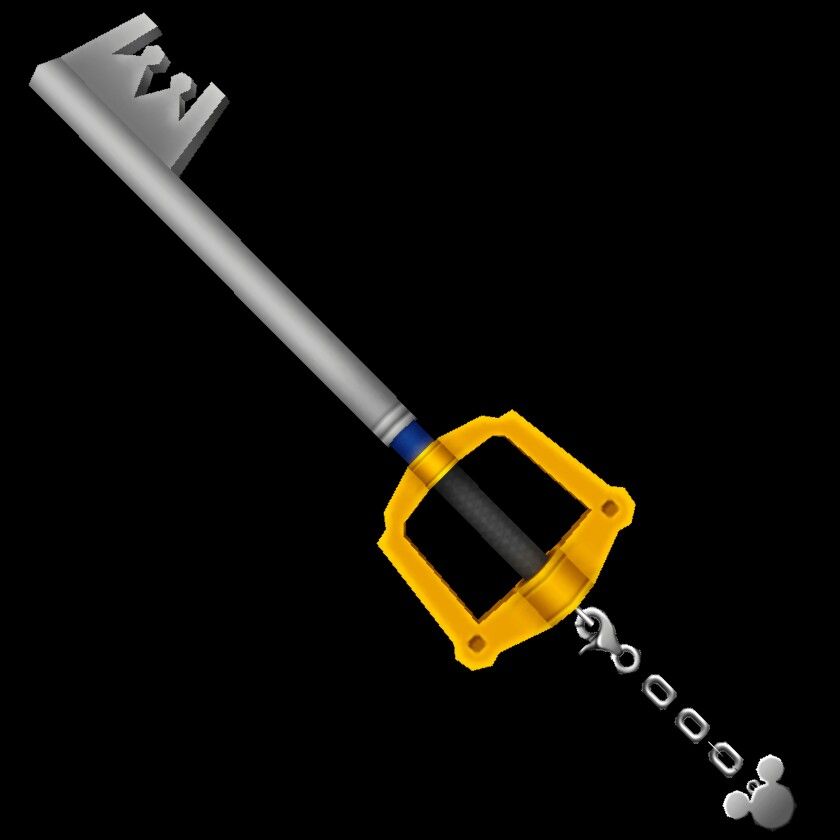 Sandblasting, plating, polishing, and micro-machining can improve the surface quality and fatigue strength of a metal printed part.
Sandblasting, plating, polishing, and micro-machining can improve the surface quality and fatigue strength of a metal printed part.
Advantages and disadvantages of metal 3D printing.
Pros:
1. Metal 3D printing can be used to produce complex custom parts, with geometries that traditional manufacturing methods cannot provide.
2. Metal 3D printed parts can be optimized to increase their performance with minimal weight.
3. Metal 3D printed parts have excellent physical properties, metal 3D printers can print a wide range of metals and alloys. Includes difficult-to-machine materials and metal superalloys.
Cons:
1. Manufacturing costs associated with metal 3D printing are high. The cost of consumables is from $ 500 per 1 kg.
2. The size of the working area in metal 3D printers is limited.
Conclusions.
• Metal 3D printing is most suitable for complex, one-piece parts that are difficult or very expensive to manufacture using traditional methods, such as CNC.